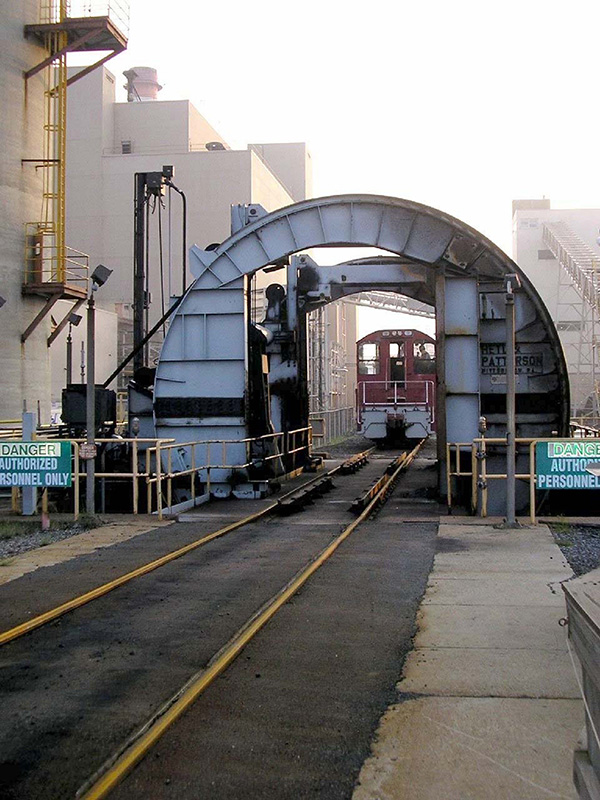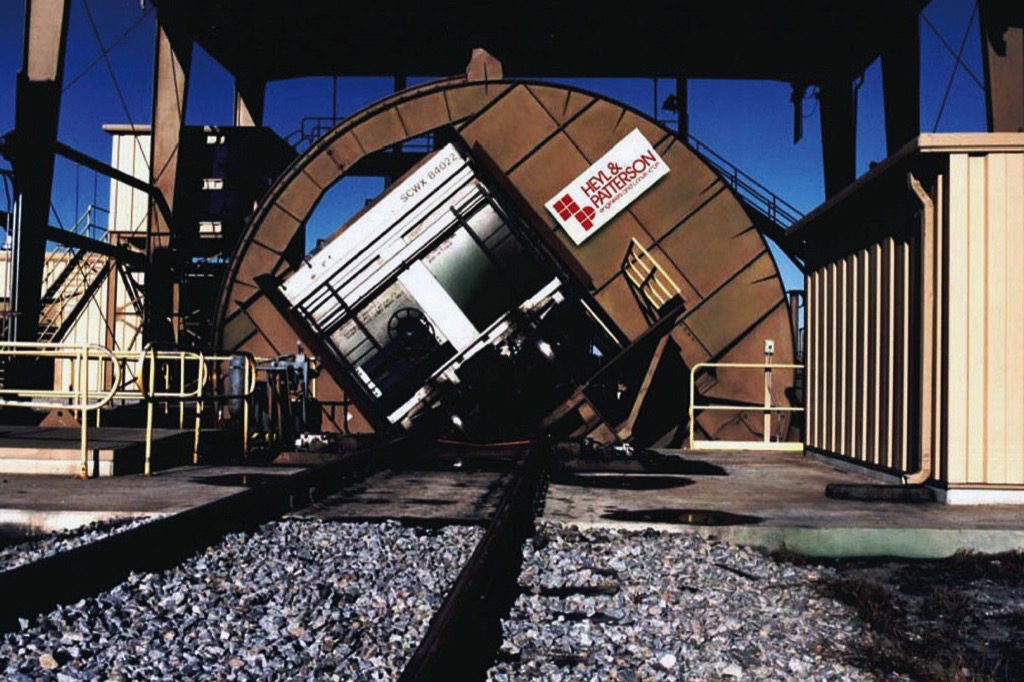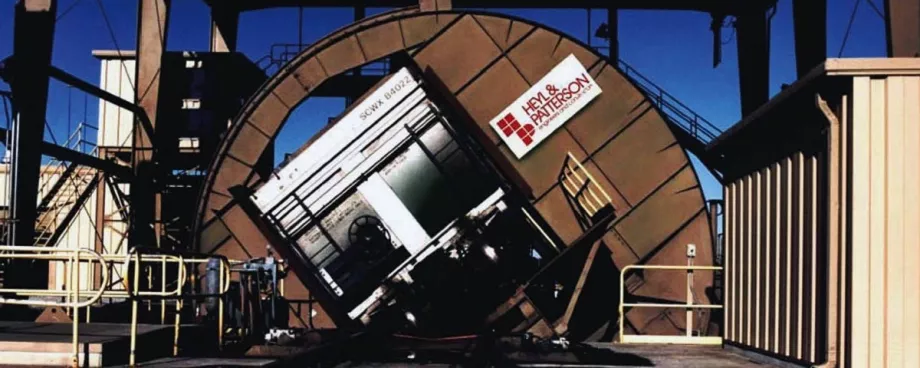(From the archive of ”bulk solids handling", article published in Vol. 35 (2015) No. 3 , ©2015 bulk-online.com)

Man has been mining metals and minerals since prehistoric times. The world’s oldest known mine site is located in Swaziland in Africa, where the first mining of metals was recorded via carbon dating as 43 000 BC. Mining of metallic minerals occurred in ancient Egypt, Greece and the Roman Empire, and metals such as iron ore contributed to the industrial growth of Europe during the middle ages. Iron is the fourth most abundant mineral in the Earth’s crust, at about five percent, and it also represents 95 percent of all metal used in any given year.Interestingly, the gold rush of 1849 also drove the need for iron ore, and areas like the Mesabi Range in Minnesota were accidentally discovered while miners were searching for gold. These early days saw miners use shovels and pickaxes to take the ore out of the rock. Horses and mules hauled the ore out of the mine, and steam shovels and engine-powered tools were only later used. Prior to the development of the Bessemer converter for processing of iron ore, steel was a very expensive commodity. When the process was first introduced in the United States, production skyrocketed and a massive supply network was created to deliver raw materials to the processing plants.Aggressive transporting of iron ore by rail began in the 1880s. The ore was shipped through the Great Lakes to ports in Chicago, Detroit, Cleveland, Erie and Buffalo and then shipped by rail to a network of steel mills around the country. This combination of barges moving ore from Minnesota through the Great Lakes and trains moving coal from Pennsylvania drove the industrial revolution in the United States and provided all the steel used during World War I and World War II. The amount of ore and coal being moved required a huge volume of heavy duty equipment for unloading and transporting the minerals.Iron ore prices were decided by miners and steelmakers, and the first deal reached became a benchmark for others in the industry. In recent years, this system was replaced with a market-based pricing system. Most of the mines in Minnesota have now closed, but there is still a significant amount of iron ore being transported worldwide. In Australia alone, there are 35 billion tonnes of iron ore.

A variety of systems exist for unloading iron ore shipments. By rail, cars filled with iron ore convey their loads to processing sites, directly to blast furnaces or, in the past, to ore docks to be loaded into ships. Today’s typical discharge system is the rotary railcar dumper, which turns cars over to spill their contents. Bulk ore is unloaded into pits containing conveyors, which carry the ore away to stockpiles.Rotary car dumpers are cost-effective workhorses that are perfect for handling iron ore. Dumping cycle times can be as fast as 35 seconds per car, and tonnage throughput can reach 5,000-plus tons per hour. The rotary dumper is the preferred choice for high speed automatic dumping of both rotary coupled cars and random car applications. Unloading rates increase dramatically when multiple dumpers are installed, in tandem, triple or even quadruple configuration.Fastest unloading times are realized when dumper installations are matched to unit trains of iron ore. To achieve the fastest times and the highest productivity with minimal personnel, railcar dumper unloaders must be matched to support equipment such as train positioners, car indexers, traveling hammermills (when applicable, according to climate) and track systems designed to handle high numbers of railcars.A dumping cycle begins when a loaded railcar moves into position and the operator initiates the unloading process. As the dumper cradle begins to rotate, clamp arms leave their support posts and the clamps descend to the top of the car. By the time rotation reaches 15 degrees, the spill truss supports the side of the car and the clamps have locked onto it. The car is securely gripped and supported throughout the rest of the rotation cycle. By the time the car has been rotated 160 degrees, dumping action has normally been completed. Barrel movement is then reversed and the car returns to its upright position. As this is happening, the clamps release, the platen locks disengage the platen, hooks align the platen rails with the yard tracks and the empty car is ready to exit the dumper. Stop, reverse and speed changes are controlled by limit switches for safe and reliable operation.The unloaders’ manufacturer should carefully analyze each potential application to establish peak forces encountered during each phase of wagon unloading. This ensures the proper sizing of drives, arm configurations and wheel chocks. Precise engineering methodology will assure successful operations for many decades.When circumstances call for it, railcar dumping systems can be adapted and customized beyond their standard features to match special site or environmental considerations. In this context, this means bulk handling requirements that are even more demanding than the accepted standards for trains and railcars. Since iron ore is a heavy, punishing material, it can easily fall into this category. Some operations need an unloader that is robust enough to handle iron ore.Whether the bulk material is iron ore, coal, limestone or even wood chips, if it can be loaded into an open-top car, then a Heyl & Patterson dumper can empty it.
| About the Author | |
| David PhillipsMarketing & Communications ManagerHeyl & Patterson, Inc., USA |
■







